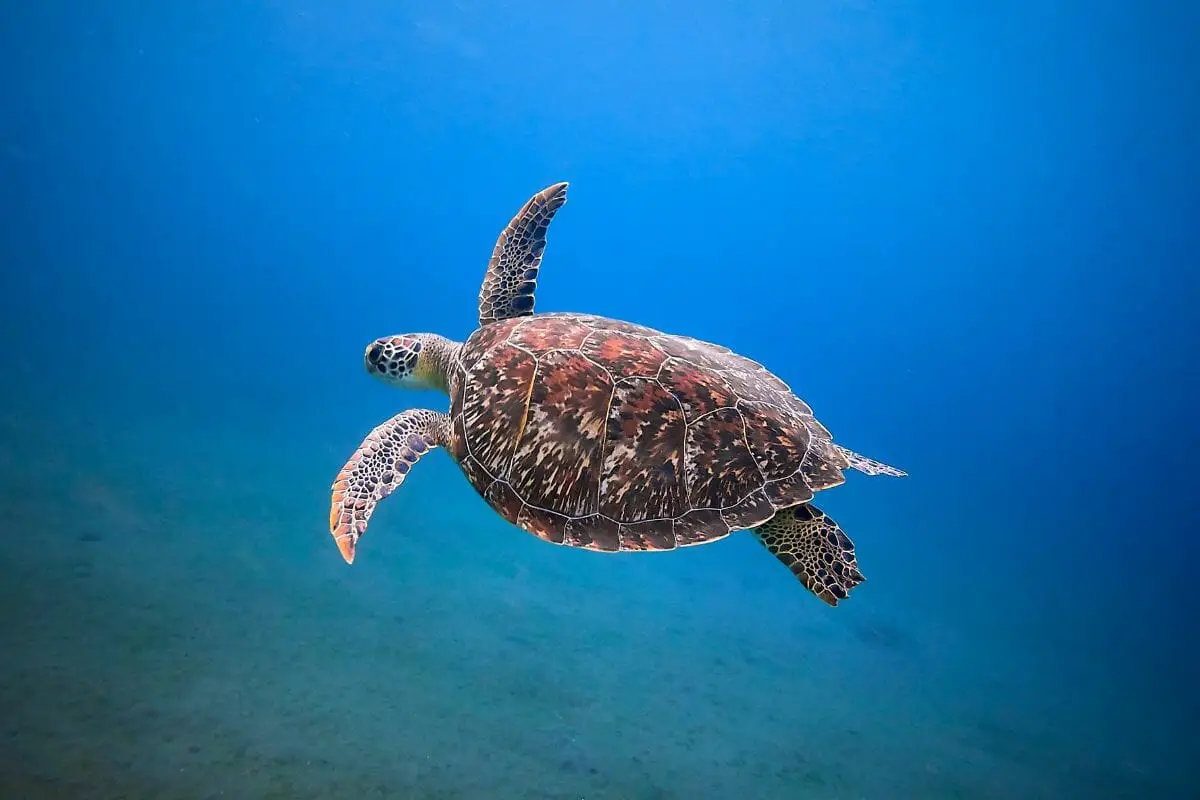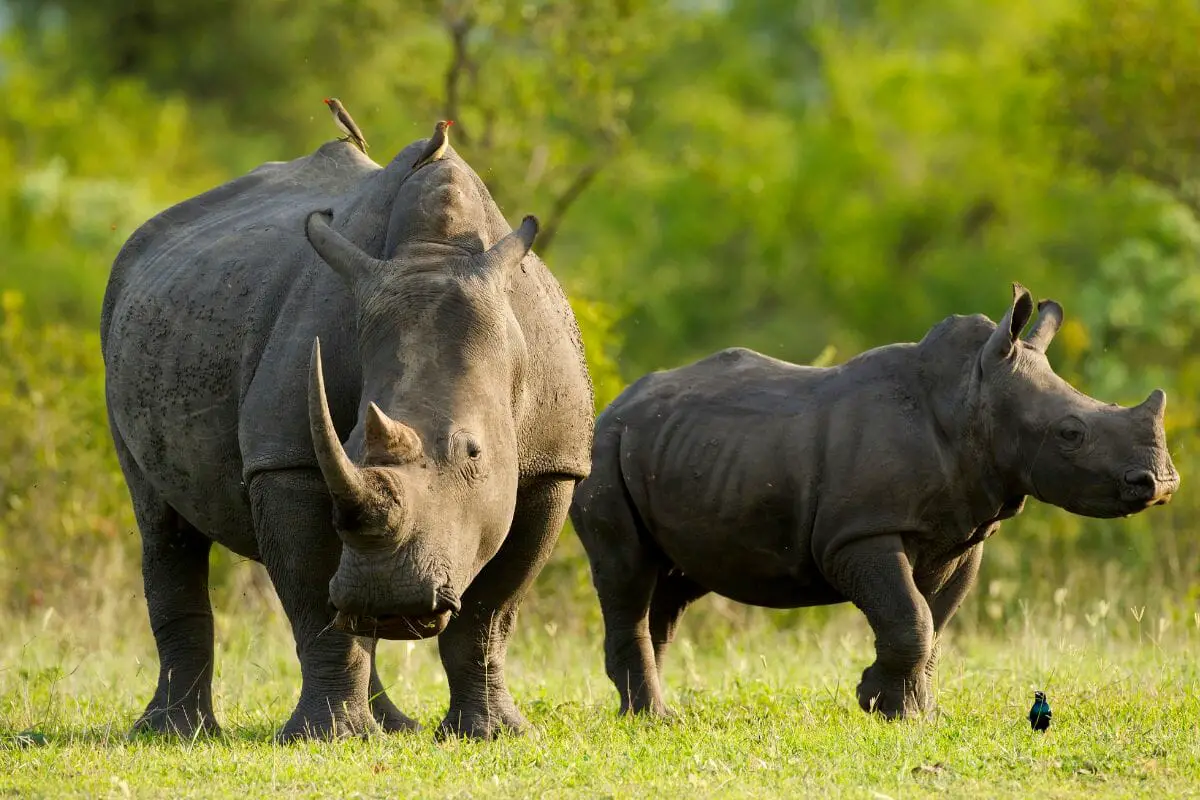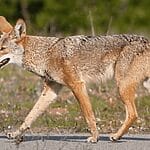Each year, humans are deliberately killing some of the world’s most beautiful animals that we have the privilege of sharing the planet with – even the ones who we have deemed as ‘protected’.

In addition to compromising their food supply and destroying their habitats, humans are simply not content with this and decided to slaughter these animals who are already struggling to survive.
However, it is not only humans doing the shooting, more times than not it’s organized criminals looking to cut up animals and sell them to other humans to hang on their walls.
Other times it is impoverished people looking for instant cash or their next meal.
Whatever the motivation of poachers, they are threatening the very existence of some of the most vulnerable animals on the planet.
With this in mind, below you will find five of the most endangered species most affected by poaching (see also: How Many Species Go Extinct Because Of Poaching?).
1. Tigers
The worst thing to happen to tigers is to humans. By the late 1990s, humans had hunted tigers down to between 5,000 and 7,000 individuals – this was considered low then.
However, by 2014, this has now more than halved. With fewer than 2,500 mature tigers living on earth.
The problem here is the human passion for the tiger’s traits: tiger bones, skin, claws, teeth, talks, and whiskers all make a valuable mark on the black market.
Whether this is for decorative purposes or used as ingredients for traditional Asian remedies.
This trade of illegal tiger poaching is only increased in Vietnam and China through tiger farms – where these animals are bred for their body parts.
In fact, a shocking figure shows that as many as three times more tigers exist on these farms than they do in the wild. In other places, tigers are reared to be killed during ‘canned’ hunts for the pleasure of trophy hunters.
2. Elephants
Today, the single biggest threat to the survival of elephants is poachers. In 1989, the international trade of ‘white gold’ was banned which saw decades of decimation to the elephant population.
However, there remains to be a persistence of people willing to hand over large sums of money for the tusks of dead elephants.
For instance, last year, the average cost was $2,100 per kilo in China – figures like this make it increasingly tempting for those looking to make a profit by illegally killing elephants.
Between 2010 and 2012, a comprehensive survey stated that 100,000 African elephants were poached across the continent. According to these figures, in 2011 alone, one in every 12 African elephants was killed by poachers.
In addition to this, inhumane practices are also used to collect these tusks. This includes bows and arrows as weapons of choice.
These are sometimes laced with poison, for instance, this was the case for one of Africa’s most famous elephants, Satao, whose great 6.5-foot tusks were hacked off.
Asian elephants, who are considered to be even more endangered, are also regularly hunted for their meat, tusks, hide, and body parts.
Unlike their African counterparts, the only elephants who have tusks here are male – this causes devastating consequences as a result of poaching.
This selective killing has created a gender imbalance among the elephant population; thus, reducing the reproduction rates.
3. Rhinos

Rhinoceroses, too, unfortunately, suffer a similar fate as their elephant counterparts due to humans placing a crazy high value on their external protrusions.
When we say crazy, we mean crazy. In 2012, a rhino horn was reported to sell for $65,000 per kilo – making it more expensive, in terms of weight, than diamonds, gold, or even cocaine!
This notable demand is primarily coming from Southeast Asia, in particular, Vietnam.
Here, it is believed that eating rhino horn – which could be considered the same as a human fingernail in terms of nutritional value – can cure everything, this includes a dull night out, hangovers, and, cancer.
The demand for rhino horn in the black market has led to a surge in poaching of critically endangered black rhinos, as well as southern white rhinos over the African continent since 2008.
This is particularly evident in South Africa, where they recorded a record high in terms of illegal killings which saw 393 killings this year alone – this isn’t taking into account legal deaths, either.
Trophy hunters are able to pay for the ‘right’ to kill rhinos, starting at $100,000, which allows them to keep the horn. This is under a scheme implemented by the government to allow hunters to kill one rhino a year.
Some people believe that this is open abuse by people simply looking to get a horn; however, either way, the only animal suffering is the rhino.
Due to an increase in mutilated rhino carcasses and even cases of horns being hacked off living rhinos, authorities have resorted to drastic measures. These include a rhino DNA database, drone surveillance, and poisoning the horns themselves.
However, despite their efforts, nothing is working. In fact, 2011 saw the extinction of the black rhino. The could be a similar fate inflicted on the rhino population in the next 20 years if things don’t change.
4. Lemurs
Lemurs are the most endangered mammals on earth, yet we continue the hunt them. Found only on the island of Madagascar, over 90% of these big-eyed primates are considered vulnerable, endangered, or critically endangered.
Their decline is largely the result of climate change and deforestation. However, they are hunters for their meat, too.
Despite legislation making killing these animals illegal, they remain to be poached and sold to restaurants or eaten by impoverished locals desperate for food.
The irony here is that these animals are worth much more as a tourist attractive alive than dead. This doesn’t depreciate from the fact that we shouldn’t be killing these animals anyway!
5. Sea Turtles
Not only are poachers ransacking the land, but also the sea, too. One of the most popular targets being the hawkbill – a tropical turtle that’s beautiful yellow-and-brown shell makes for the commodity known as tortoiseshell.
As a result of years of feeling into the fashion industry with tortoiseshell glasses, jewelry, instruments, ornaments, and other items, these animals are now critically endangered.
While international trade has been banned for nearly 40 years, the black market in Asia – most notably China and Japan – and the Americas continue to thrive.
In addition to this, they are also killed for their meat, too. Whether this is used for humans or as bait for sharks – other parts of the turtle are used for perfume, leather, cosmetics, and to be stuffed whole as ‘decoration’.
Final Thoughts…
Each year, more and more animals are becoming extinct at the hands of humans. Whether this is the result of deliberate poaching, climate change, or deforestation – humans play a large role in their demise.
Among the most endangered animals there are elephants, tigers, rhinos, lemurs, and sea turtules. Hopefully, this guide has informed you about five of the most endangered animals.
- 15 Most Common Animals Living In Ponds - 2024-04-23
- What are the Characteristics Of a Wolf – (Characteristics & Interesting Facts) - 2024-04-23
- Animals That Live In The Abyssal Zone - 2024-04-22








